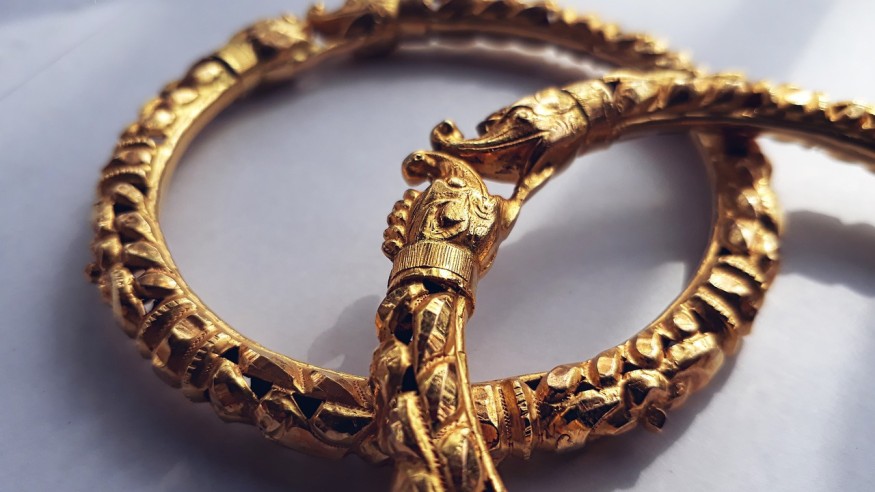
Archaeologists discovered a 3,800-year-old gold wire inside the tomb of a woman who is about 20 years old when she died during the Early Bronze Age.
It was in autumn 2020 when archaeologists working in the district of Tübingen in southwest Germany have unearthed the spiral gold wire that may have been used as a hair ornament. They said that precious metals like gold are a rare find during this era, which proves that luxury objects have been traded in the early years.
Researchers unearth oldest gold find in southwest Germany https://t.co/z1v8NyJixt #archaeology #archaeologist #history pic.twitter.com/pIzwAntVyt
— istockhistory (@istockhistory) May 25, 2021
Oldest Gold in Southwest Germany
Archaeologists performed radiocarbon dating to the bones of the woman who probably died about 1850 and 1700 BCE during the Early Bronze Age, without any records of her identity and cause of death.
They found the woman was buried in a fetal position facing south with a type of burial that is typical of the late Neolithic period in Central Europe. She was only wearing one ornament, which is the spiral gold wire believed to be a hair ornament, and indicates that she was of high social status.
Phys.org reported that precious metals found in her grave are rare during the Early Bronze Age in southwestern Germany. Analysis of the spiral gold suggests that it most likely originated in Cornwall in southwest Britain.
Archaeologists said that this unusual find is the oldest gold in southwestern Germany and early proof of the far-reaching trade in luxury items of the people in that era.
Professor Raiko Krauss from the Institute of Prehistory and Medieval Archaeology at the University of Tübingen led the excavation and collaborated with Esslingen-based Dr. Jörg Bofinger from the Baden-Württemberg State Office for Cultural Heritage Management.
Their study, "An Early Bronze Age Burial with a Golden Spiral Ring from Ammerbuch-Reusten, Southwestern Germany," was published in Praehistorische Zeitschrift.
Early Evidence of the Production of Jewelry Made of Gold
The publication of the Archaeological Institute of America reported that analysis of the composition of the gold spiral wire contains about 20% silver, less than 2% copper, and has traces of platinum and tin. This indicates that it is a natural alloy from the Canon River area of Cornwall, England.
The composition of the gold spiral wire suggests a connection between northwestern Europe and the region where it was found, contrary to earlier gold and precious metals found in Europe that originated from the deposits in southeastern Europe. Previous artifacts also suggest that the production of jewelry made from gold have begun as early as the fifth millennium BCE.
"The gold find from the Tübingen district [is] evidence that western cultural groups [such as from Britain and France] gained increasing influence over central Europe in the first half of the second millennium, BCE" researchers said in the University of Tübingen's press release.
The 3,800-year-old grave of the woman was found not far from other Early Bronze Age burials. Archaeologists said that the burial is connected with the prehistoric hilltop settlement near Kirchberg, according to Phys.org.
RELATED ARTICLE: Bronze Mirrors From Ancient China Still Reflect After 2,000 Years
Check out more news and information on Archaeology in Science Times.










